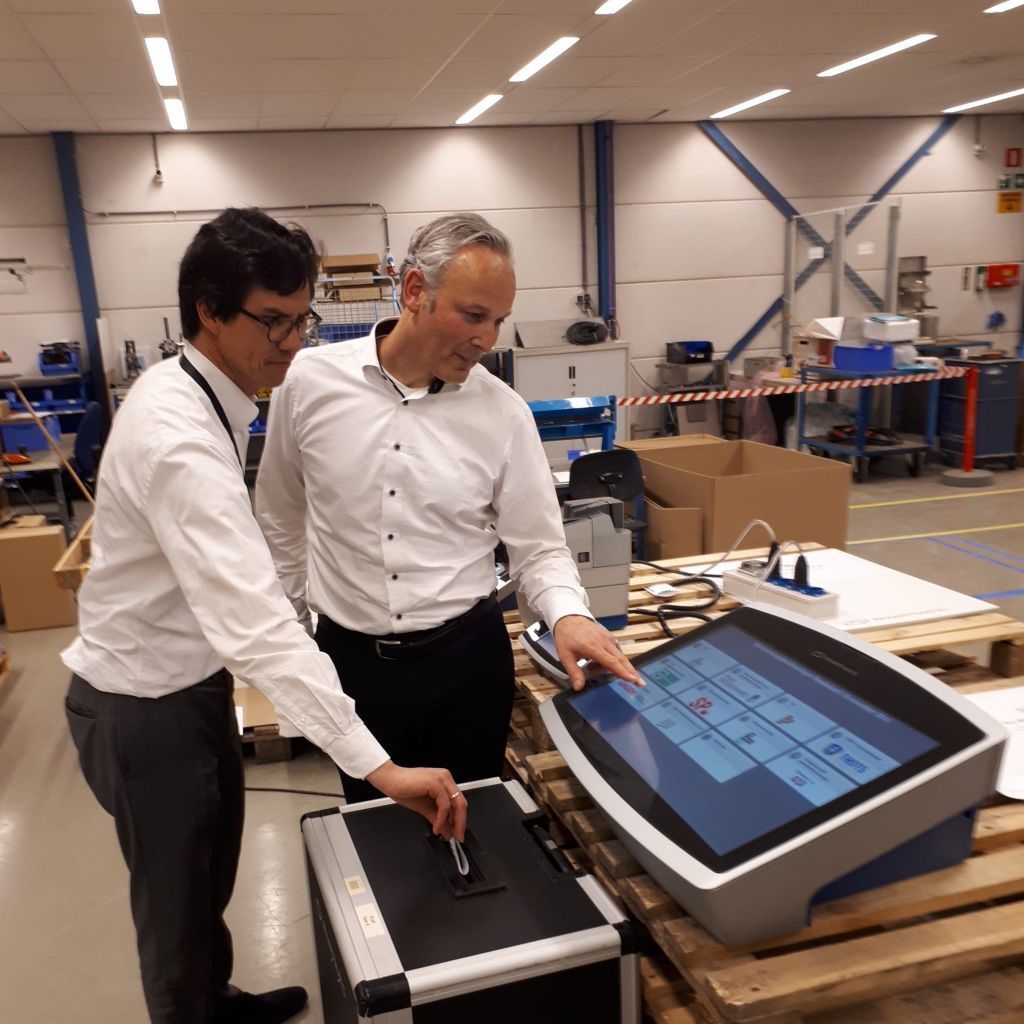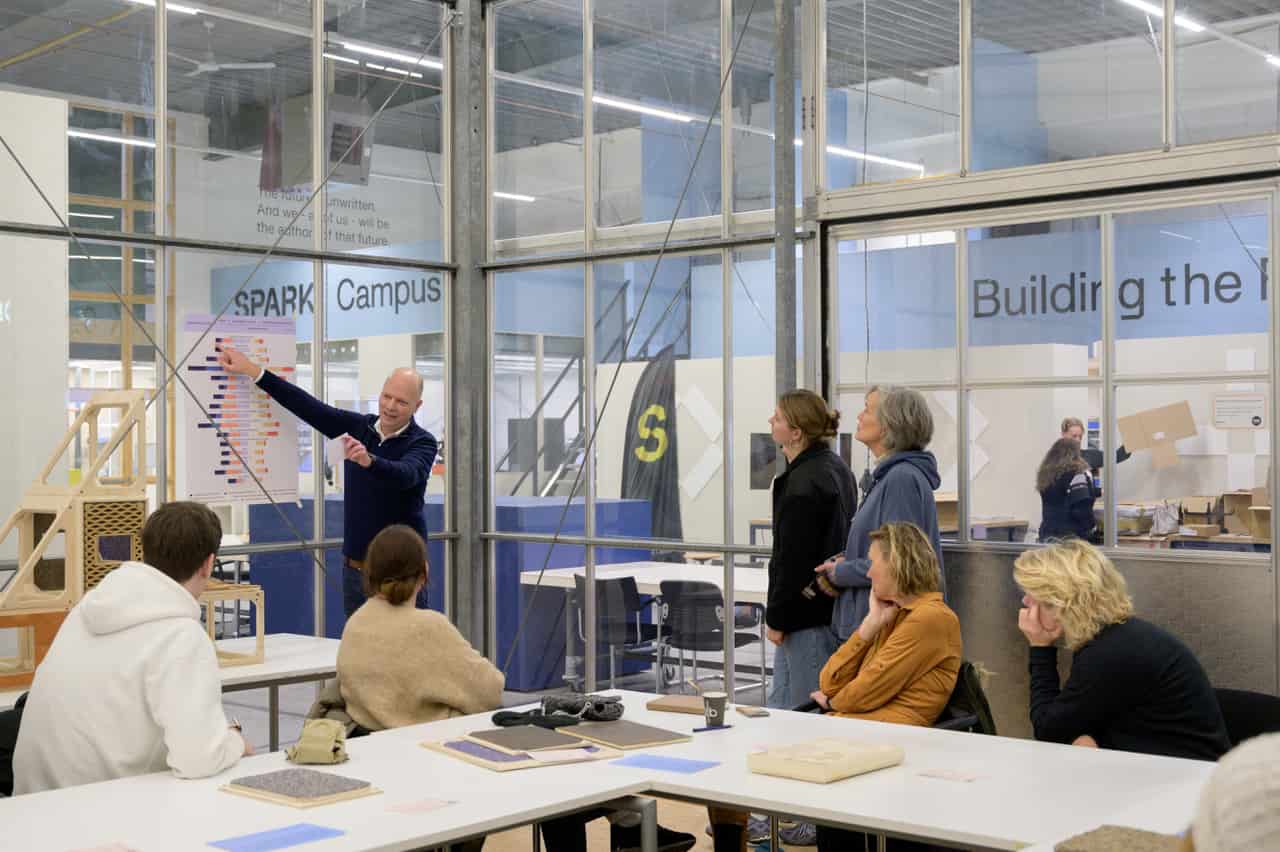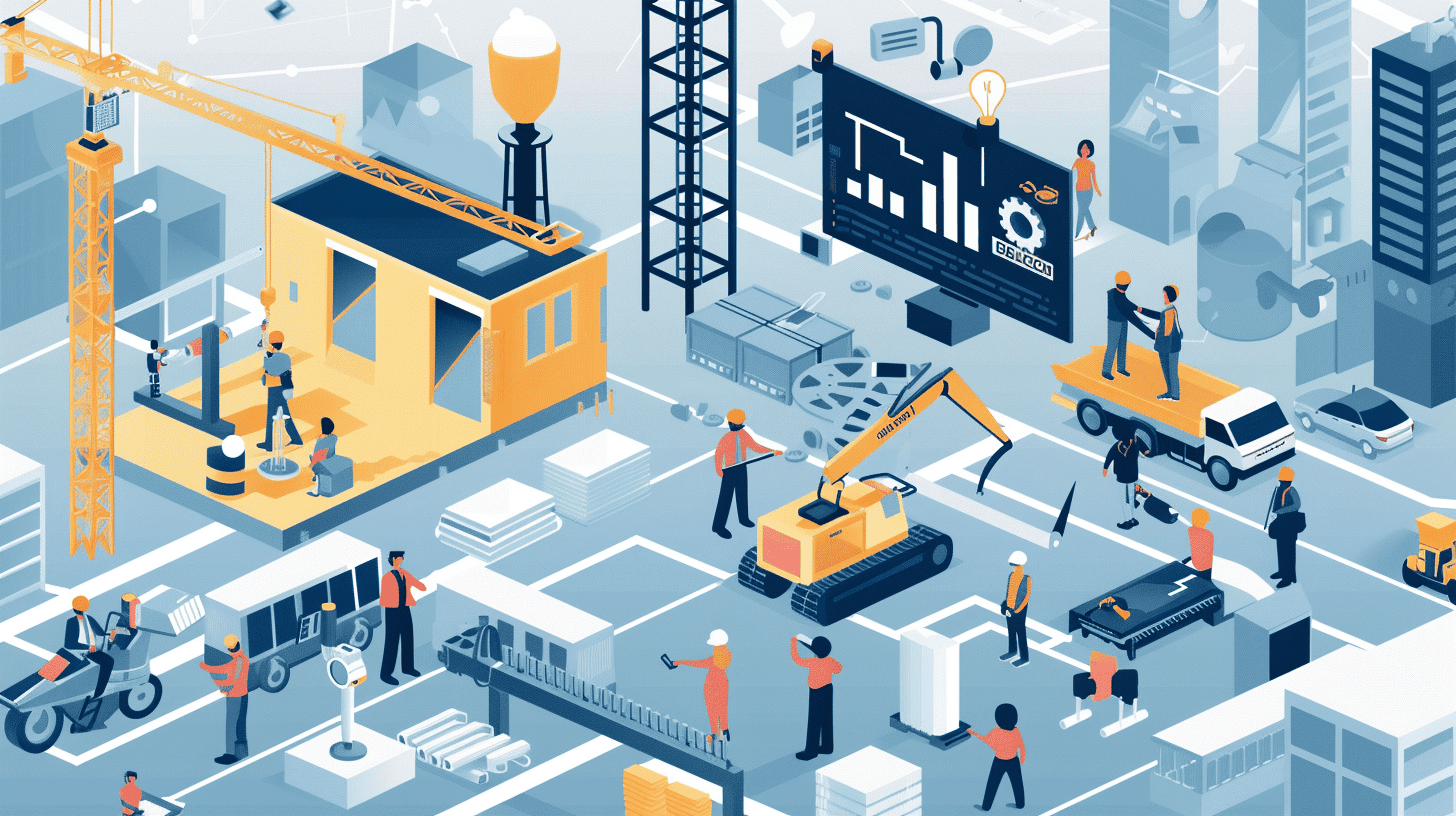
Part of President Trump’s unsubstantiated theories surrounding ballot fraud in the United States revolves around voting computers from Smartmatic. The world leader in electronic voting was accused of manipulating the results of the election. Smartmatic counterattacked: with a case against FOX News, NewsMax, and One America News, the company wants to regain its good name. In the Netherlands, we still know Smartmatic from a project that it carried out together with VDL in Helmond around the construction of a voting machine suitable for the Netherlands.
Voting machines were used in the Netherlands between 1970 and 2007. However, prior to the 2006 elections to the House of Representatives (the Second Chamber), a discussion ensued about the secrecy of the vote, which many felt could not be sufficiently guaranteed by these machines. The reliability of the vote count was also questioned. The Korthals Altes Commission initiated a return to paper ballots, resulting in the Netherlands voting only with (red) pencil and paper since 2009. Due to technological developments since this commission, Minister Plasterk established the Van Beek Commission in 2013. This committee took a second look at the possibilities of using electronic equipment in the election process. In the end, the advice in favor of the voting printer and voting counter came out. Consequently, Jeroen van den Hurk, the former director of VDL Industrial Modules, worked with Smartmatic and Eurotempest in 2018 to optimize this machine. In the run-up to the March general election in the Netherlands, isn’t it time to dust off the plans again? We revisited Jeroen van den Hurk.
How did you come up with the idea of your voting printer?
“I was in charge of Industrial Modules, one of VDL’s companies. We specialize in making high-tech products with similar technologies. We clearly saw opportunities when we looked at all the options and then we followed up on them. In addition, the triangle of VDL, Smartmatic, and Eurotempest is very strong. But at the end of the day, of course, we are also a company that wants to make money.”
The Netherlands used a voting machine from 1970 to 2007. This was abolished due to concerns about voting secrecy. How did you take this into account when designing your voting machine?
“The report of Korthals Altes’ advisory committee explained how we in the Netherlands can vote electronically in a secure manner. Smartmatic is the world’s largest manufacturer, Eurotempest is the ultimate specialist in shielding electronics. That solved the biggest problem technically. At VDL, we are certified producers for that kind of technology. Together we joined forces and developed a voting concept, completely in line with the minister’s advisory committee.”
What is the reason that your voting printer did not go into production despite the modifications?
“We went to the ministry and said: we would like to follow the committee’s advice and produce the voting printer and counter for you. In response, they prepared a ‘market call’, with a specification of the cost of electronic voting in the Netherlands, to which we as a company had to make a proposal. Their response was that each polling station should have as many voting printers as voting booths and asked how much that would cost. We then said that the question they were asking us was wrong. How many polling stations are needed per municipality is determined by two factors: accessibility and the speed of counting votes.
The ministry asked us what the cost would be of the number of voting printers based on the current number of polling stations. As a result, it is not economic because it can be done very much cheaper. We said: that is not necessary at all because, first of all, the counting of the votes is done in half an hour at most. Secondly, by balancing accessibility with this high counting speed, you can reduce the number of polling stations. We then submitted an alternative plan to the ministry in which we very realistically stated how many polling stations you would have to open and how many voting printers you would have to produce. We defended that proposal, but the only arguments we received were that ‘it was an ICT project’, so it would probably cost a lot more than we claimed it would cost. That was not true because we offer it at a fixed price, being a company. From that, my conclusion was; when there is no will, there is no way.”
Suppose you were allowed to redesign this voting machine and you were sure that it would be on the market, would you change anything about it?

“No. It’s a good product but the Dutch government needs to admit it. They don’t think it’s important enough at the moment. They are busy with other things right now. That’s what I’ve learned; if you want to do business with the Dutch government, you have to have an enormous amount of time and a lot of patience.”
How much more accurate is a voting printer compared to a human when counting votes?
“The casting and counting of a vote are two moments where a human has to do something. The chances of something going wrong there are high. If you skew the cross it’s already not a valid vote. That committee then said; it is very important that making your choice can be done in an easy way. A large tablet would make it easy to cast your vote. The advantage of the vote printer and counter is that there is no more chance of making mistakes. In addition, you can make the operation of that system accessible to disabled people such as the blind and deaf. With the button, you can go from left to right. The tablet then says which party or name you are on. In addition, you can simply magnify it, making it easy to view. So the system is designed for making your voting intention easy and error-free.”
And the printer, what are the benefits of that?
“The results of the elections are transparent. It is verifiable because they can easily check it, they save money so it becomes more economical and it also becomes more accessible for the disabled. All in all, there are only advantages.”
There is much doubt about the use of electronics during the voting process because people are afraid it can be hacked. Is that a legitimate fear?
“No, the voting system cannot be hacked because the voting printer and voting counter both can only be turned on by a plug and are not connected to the internet. In addition, nothing is stored on the computer and everything is verifiable. So, for example, you could put every counted vote on a government site.”
In the future, do you expect the use of electronics in the voting process to be looked at again?
“Eventually the voting machine is going to be there, exactly as we developed the product but that may take some time. You’ll see that in early 2021 during the elections the discussion will flare up once more, and then again fade away.”







